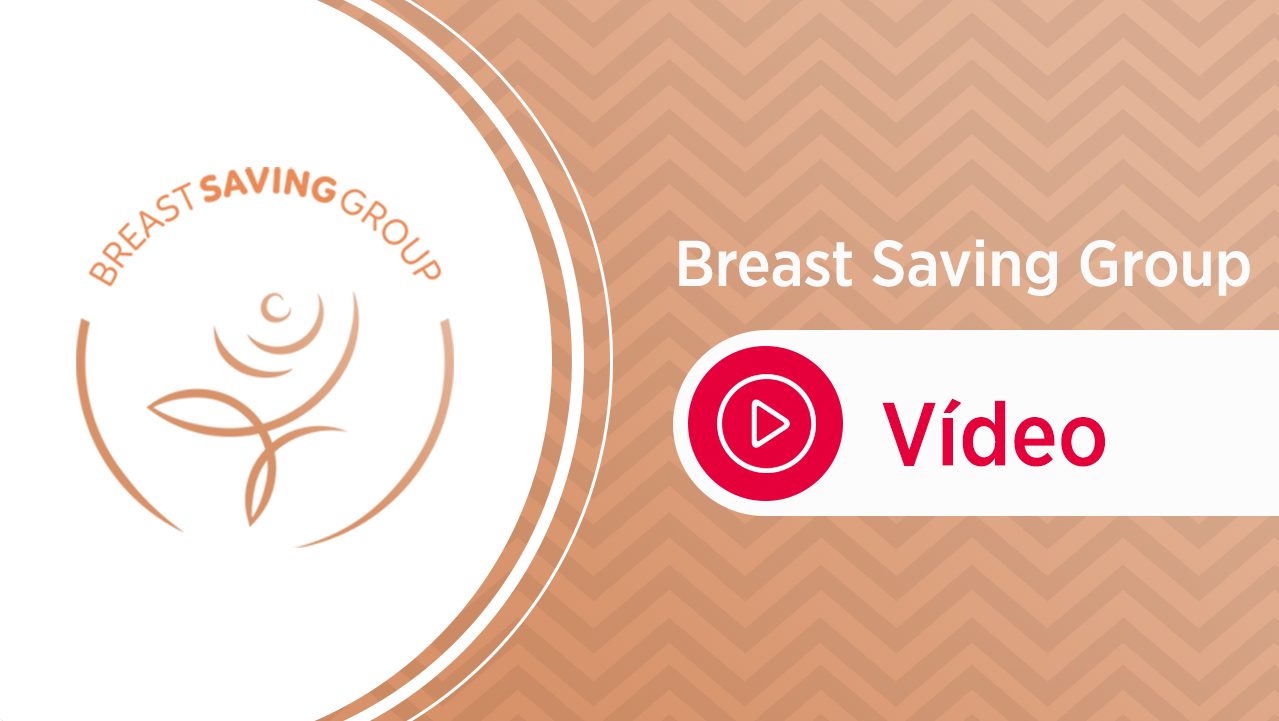Artigo
Second-Line Endocrine Therapy With or Without PalbociclibRechallenge in Patients With Hormone Receptor–Positive/Human Epidermal Growth Factor Receptor 2–NegativeAdvanced Breast Cancer: PALMIRA Trial
ABSTRACT
PURPOSE Cyclin-dependent kinase 4 and 6 (CDK4/6) inhibitors plus endocrine therapy (ET) represents the standard first-line treatment for patients with hormone receptor–positive/human epidermal growth factor receptor 2–negative (HER2-negative) advanced breast cancer (ABC). However, there is no definitive consensus on the preferred second-line treatment option. The PALMIRA trial investigated whether palbociclib rechallenge with an alternative ET would
improve the antitumor activity in patients progressing after a first-line palbociclib-containing regimen.
METHODS This international, randomized, open-label, phase II study enrolled 198 patients with hormone receptor–positive/HER2-negative ABC with disease progression after first-line palbociclib plus ET (aromatase inhibitor or fulvestrant). Patients were eligible if they showed clinical benefit to the previous regimen (response or stable disease ≥24 weeks) or had progressed on a palbociclib-based therapy in the adjuvant setting. Patients were randomly assigned (2:1 ratio) to either palbociclib rechallenge plus second-line ET (fulvestrant or letrozole) or second-line ET alone. Stratification factors were previous ET and visceral involvement. The primary end point was investigatorassessed progression-free survival (PFS).
RESULTS Between April 2019 and October 2022, 136 and 62 patients were randomly assigned to palbociclib plus ET or ET alone, respectively. Median investigatorassessed PFS was 4.9 months (95% CI, 3.6 to 6.1) with palbociclib plus ET versus 3.6 months (95% CI, 2.5 to 4.2) with ET alone (hazard ratio, 0.84 [95% CI, 0.66 to 1.07]; P 5 .149). Grade ≥3 treatment-emergent adverse events
were higher with palbociclib plus ET (47.4% v 10.0%), without new safety signals.
CONCLUSION Palbociclib rechallenge plus an alternative ET did not significantly improve PFS
compared with ET alone in patients with hormone receptor–positive/HER2-negative ABC progressing on a first-line palbociclib-based ET regimen.
Compartilhar em:
Comentários
Cursos Relacionados
0
Conteúdos Relacionados
Comentários
Deixe um comentário Cancelar resposta
Você precisa fazer o login para publicar um comentário.











